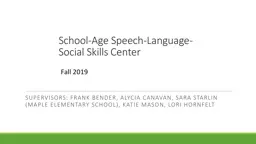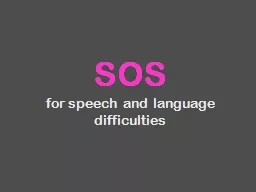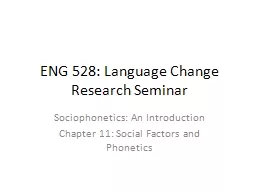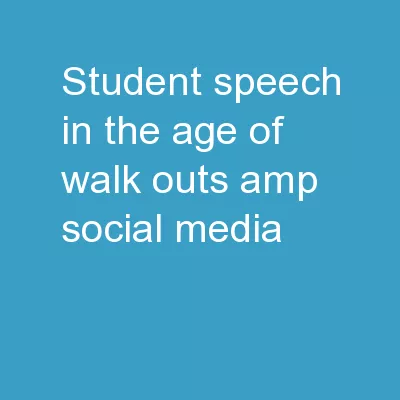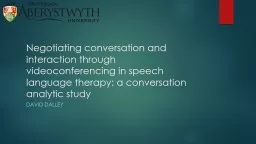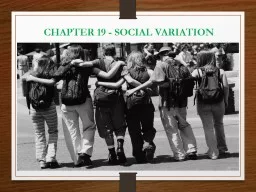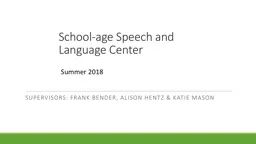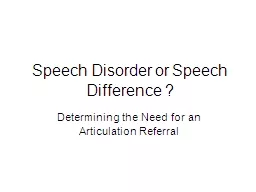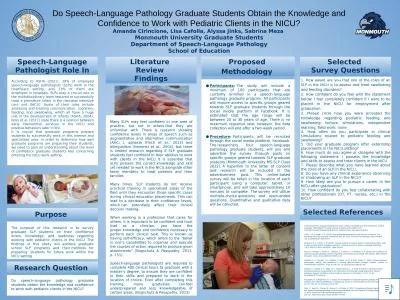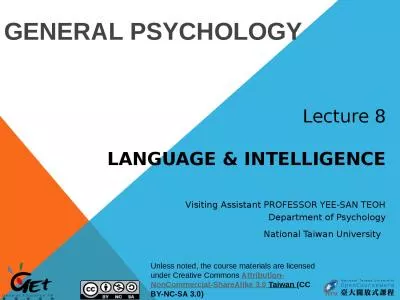PPT-School-Age Speech-Language-Social Skills Center
Author : danya | Published Date : 2022-07-01
Supervisors Frank Bender ALycia CanAvan sara sTarlin Maple Elementary School Katie mason lori Hornfelt Fall 2019 Introductions 1 st Years Name Where you
Presentation Embed Code
Download Presentation
Download Presentation The PPT/PDF document "School-Age Speech-Language-Social Skills..." is the property of its rightful owner. Permission is granted to download and print the materials on this website for personal, non-commercial use only, and to display it on your personal computer provided you do not modify the materials and that you retain all copyright notices contained in the materials. By downloading content from our website, you accept the terms of this agreement.
School-Age Speech-Language-Social Skills Center: Transcript
Download Rules Of Document
"School-Age Speech-Language-Social Skills Center"The content belongs to its owner. You may download and print it for personal use, without modification, and keep all copyright notices. By downloading, you agree to these terms.
Related Documents

